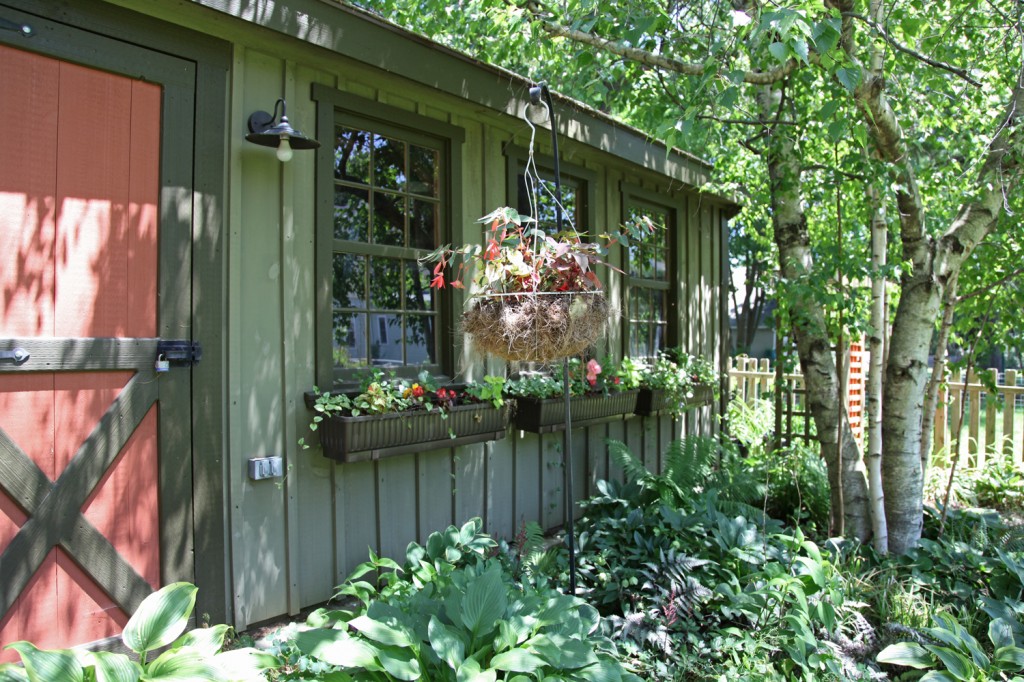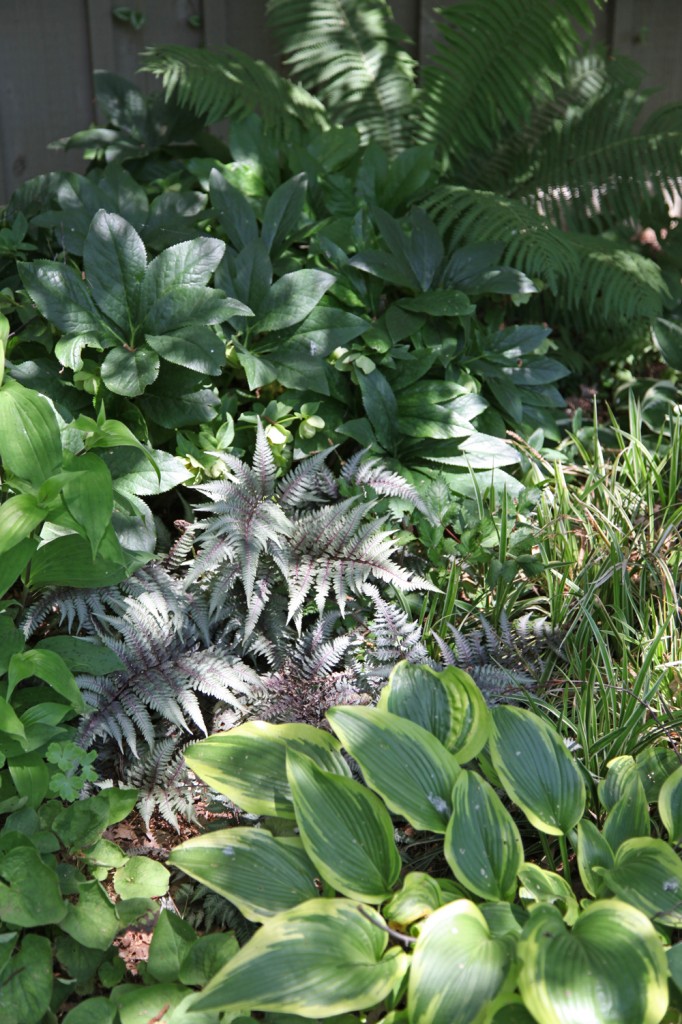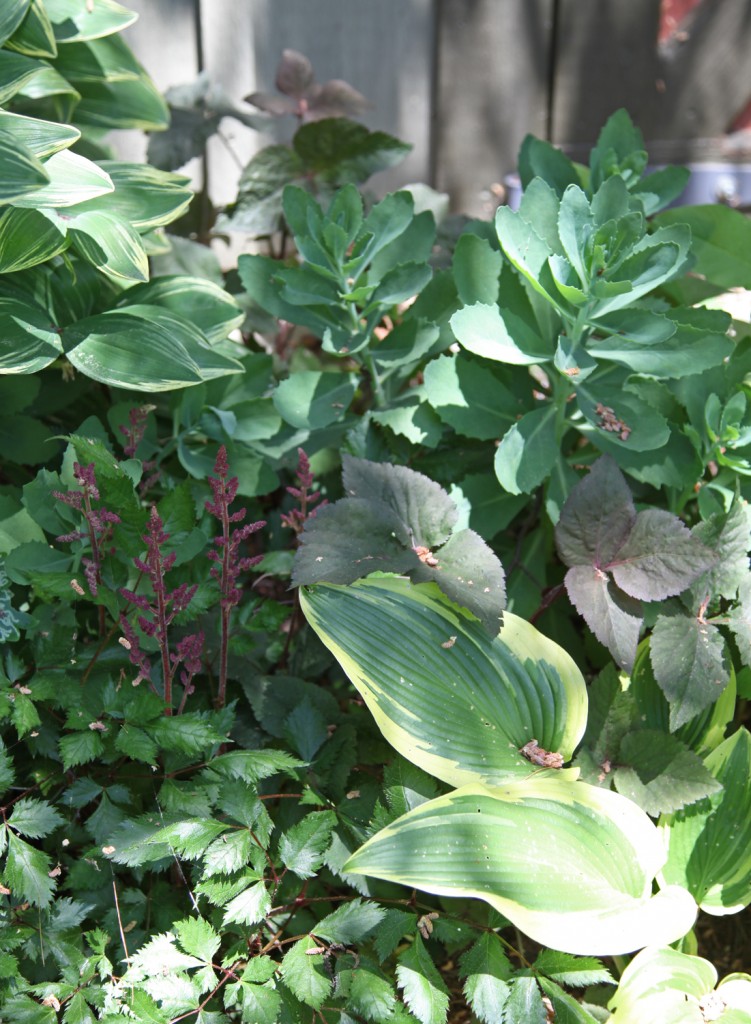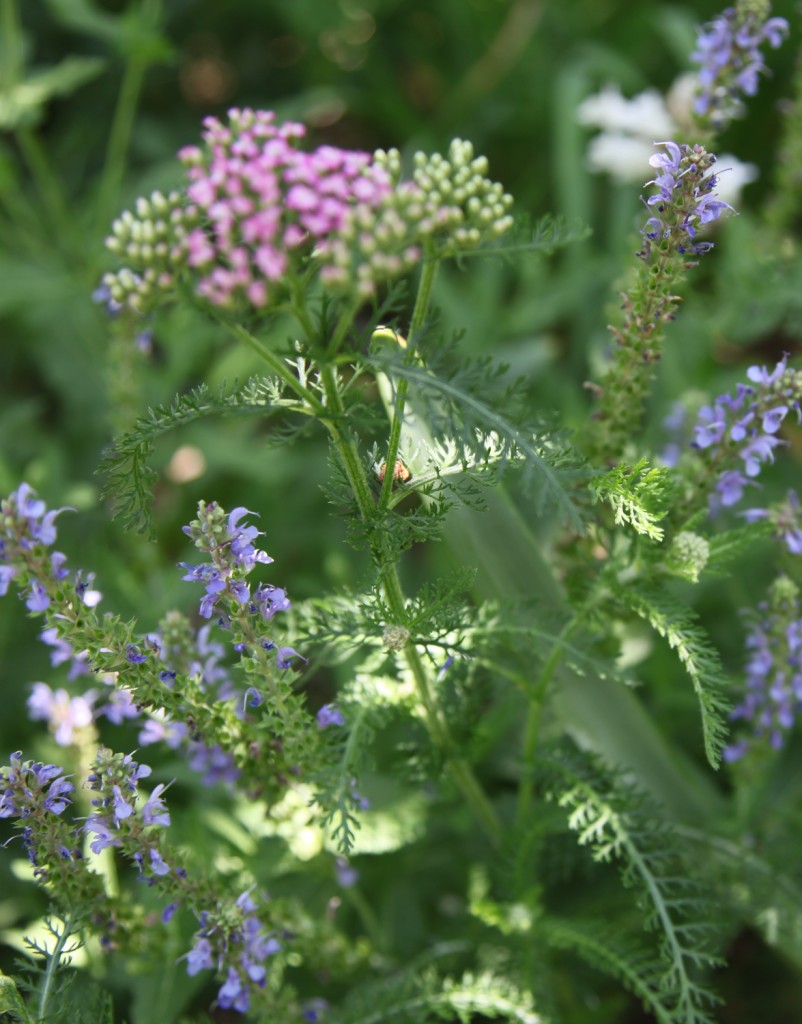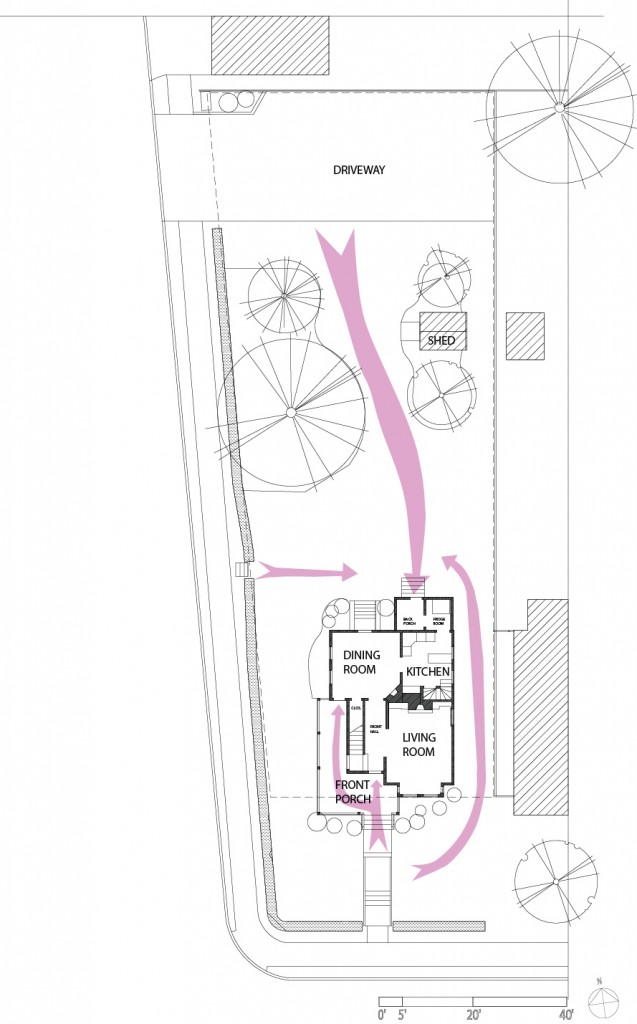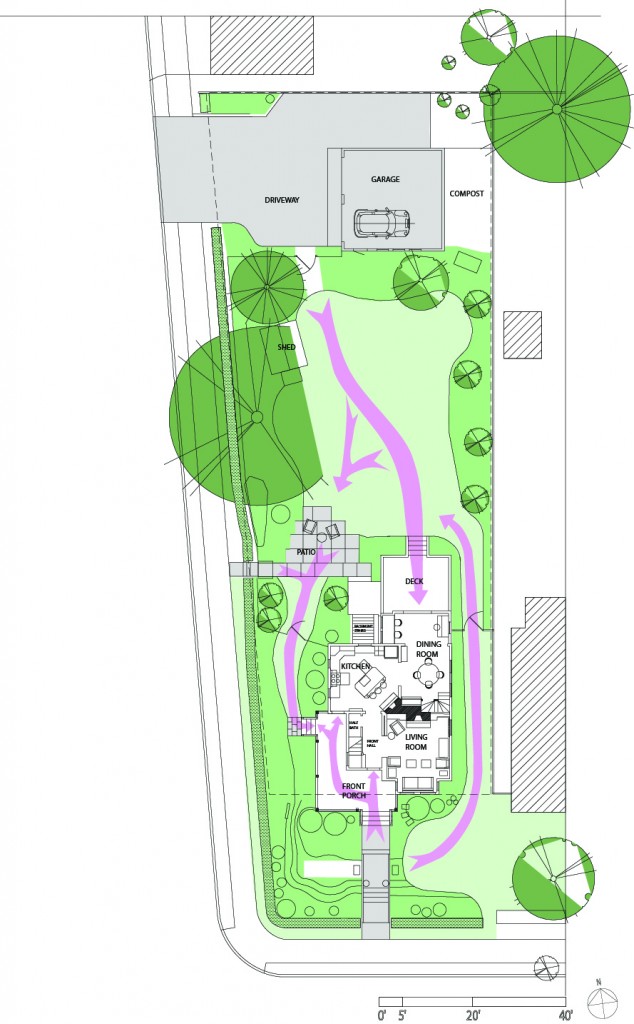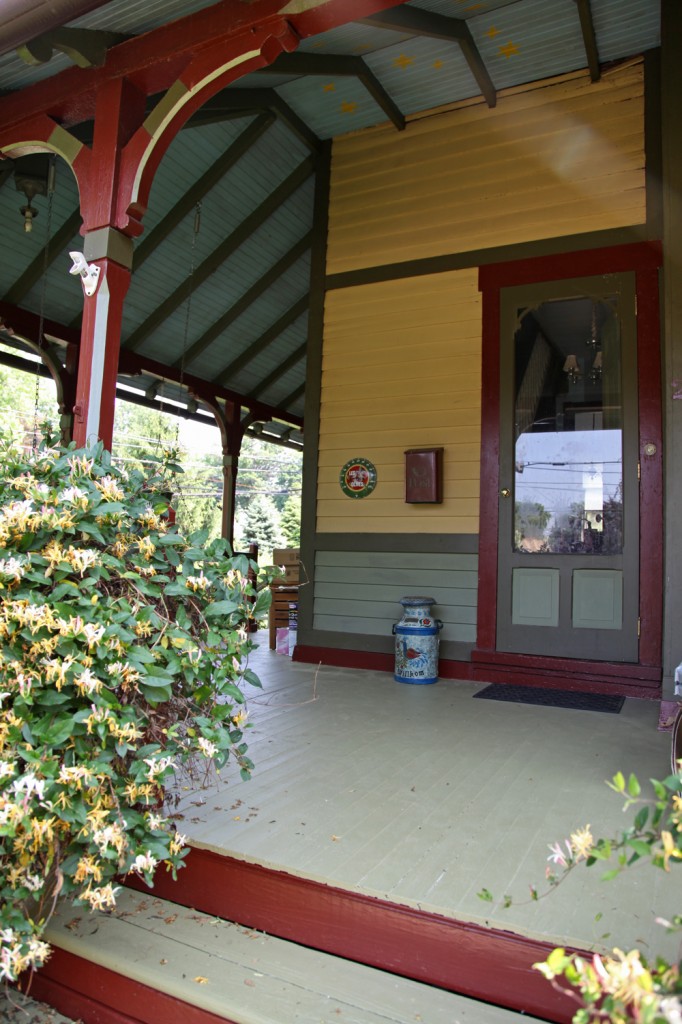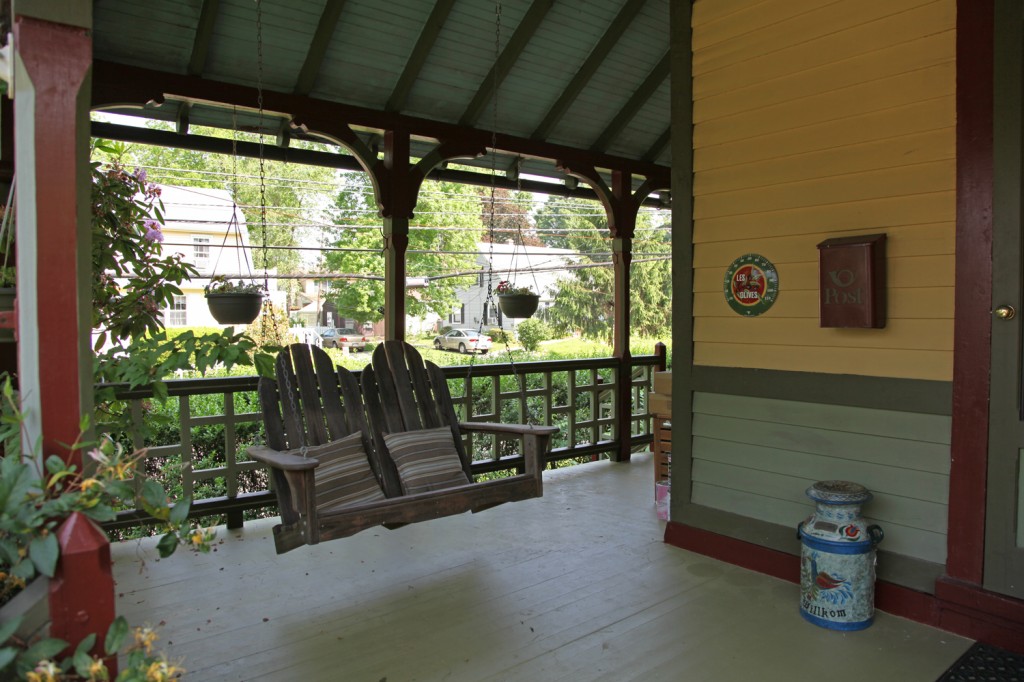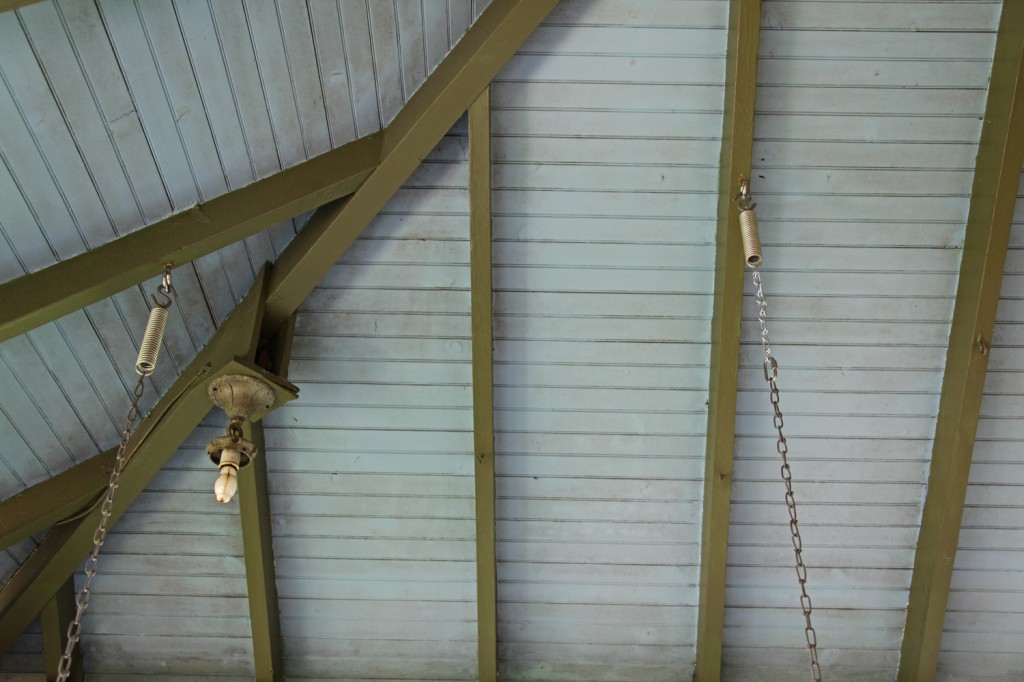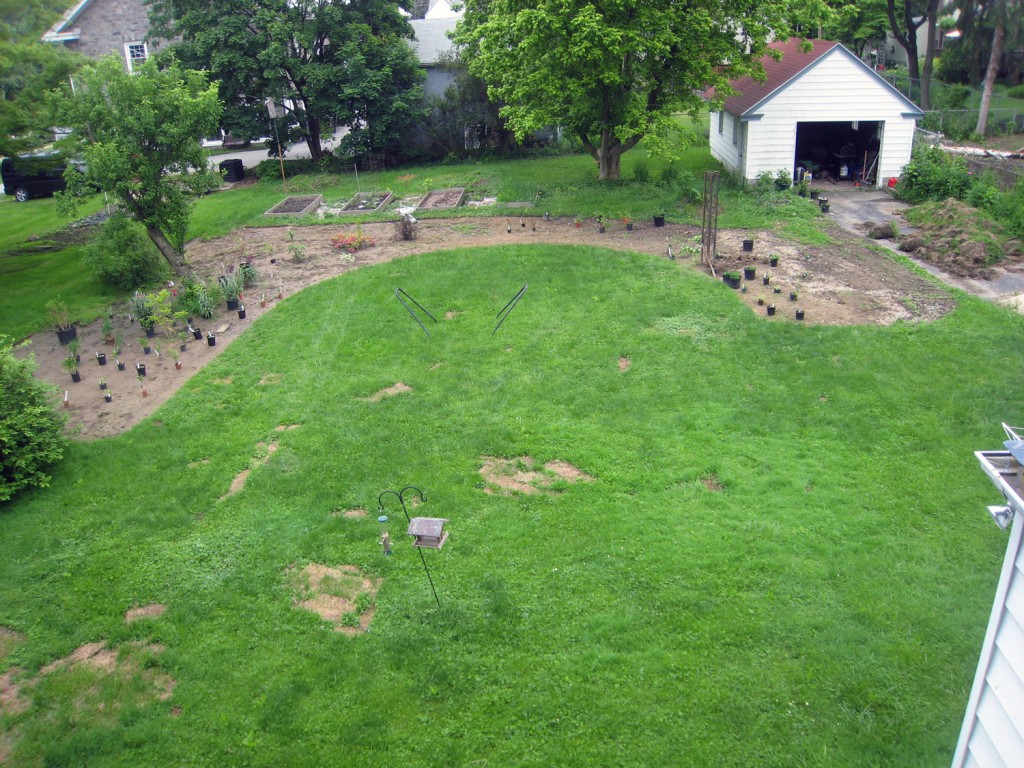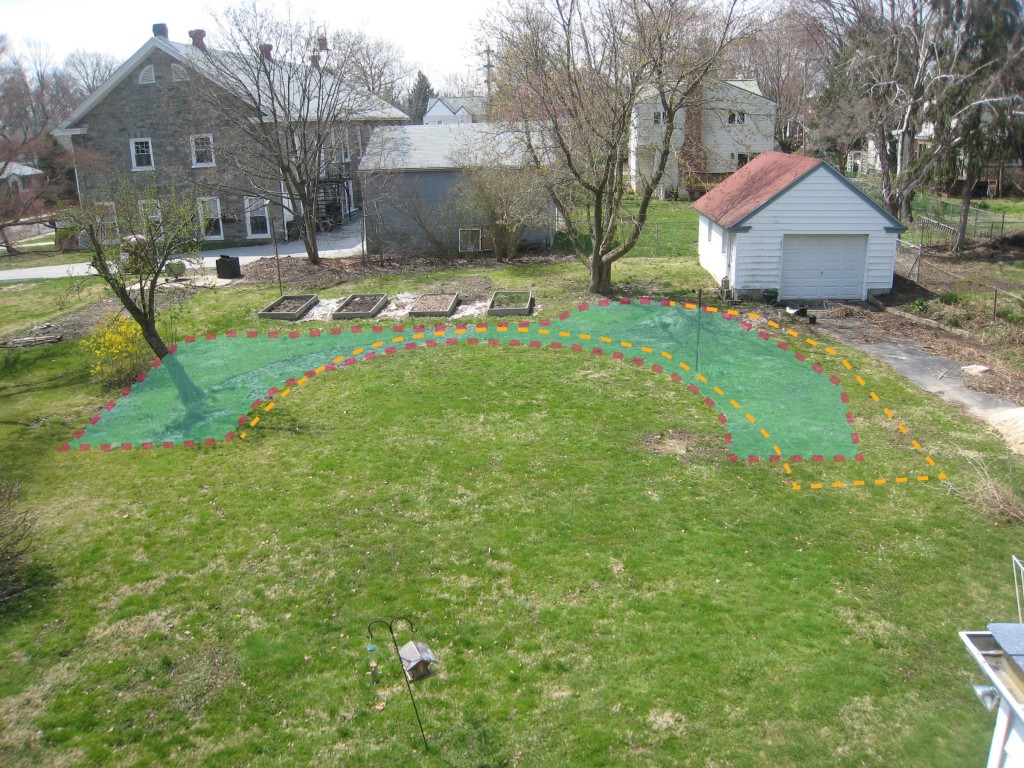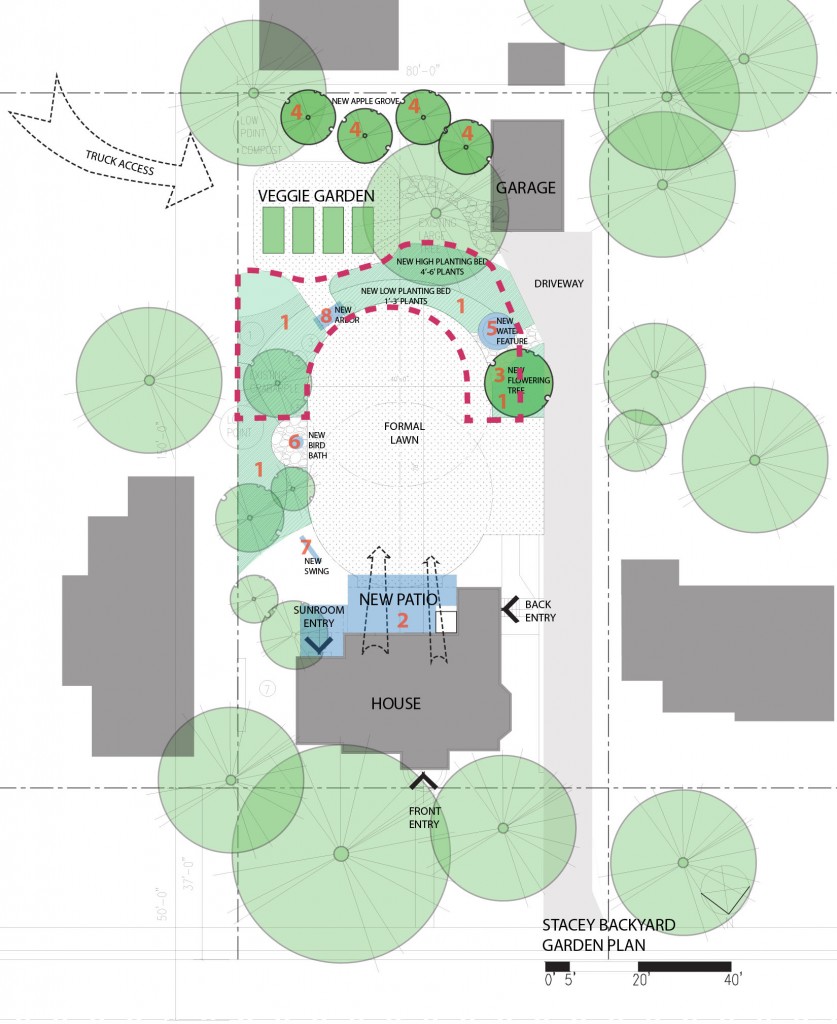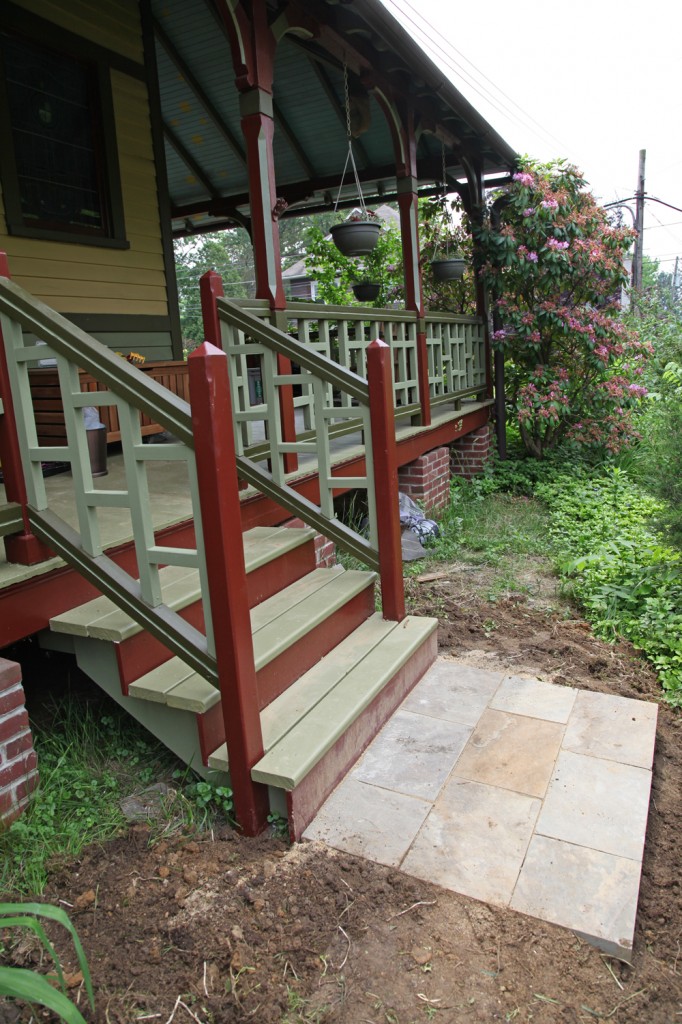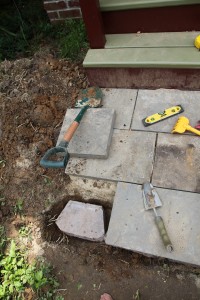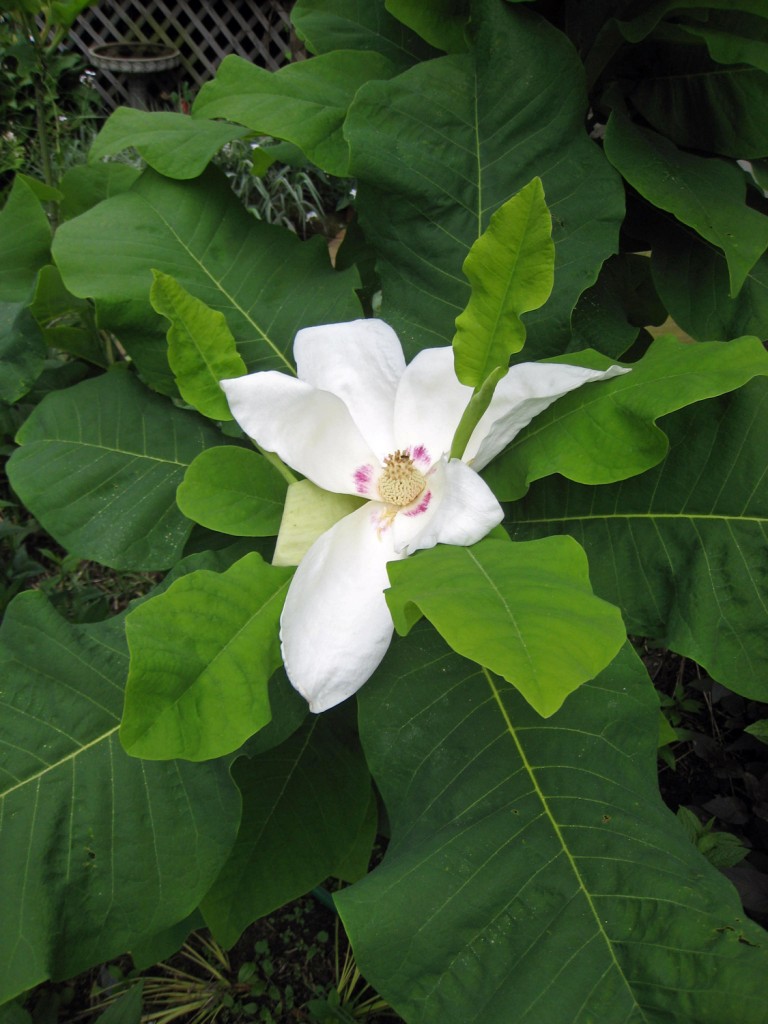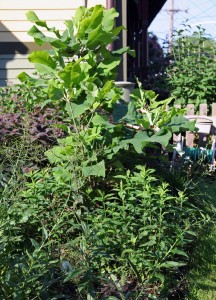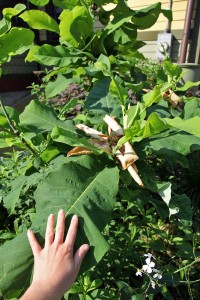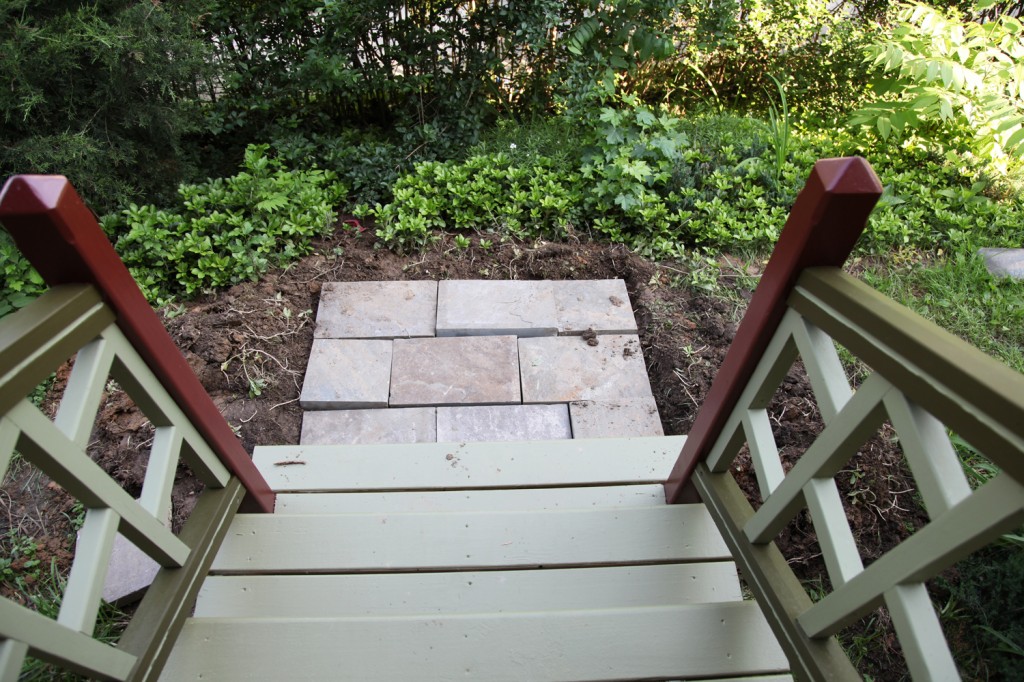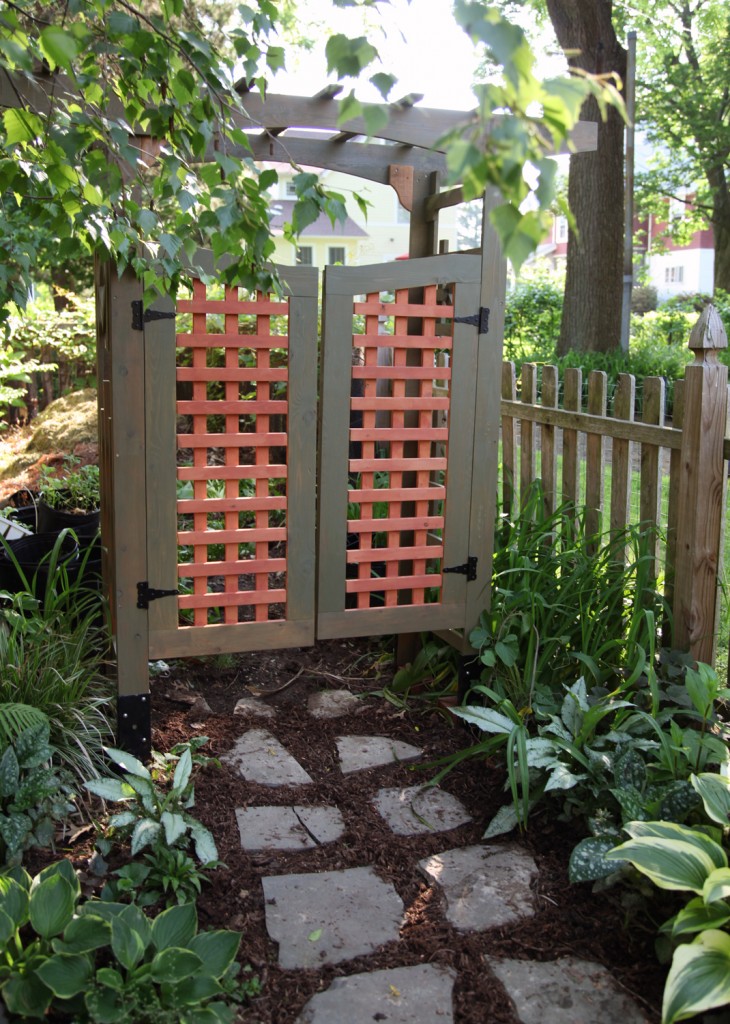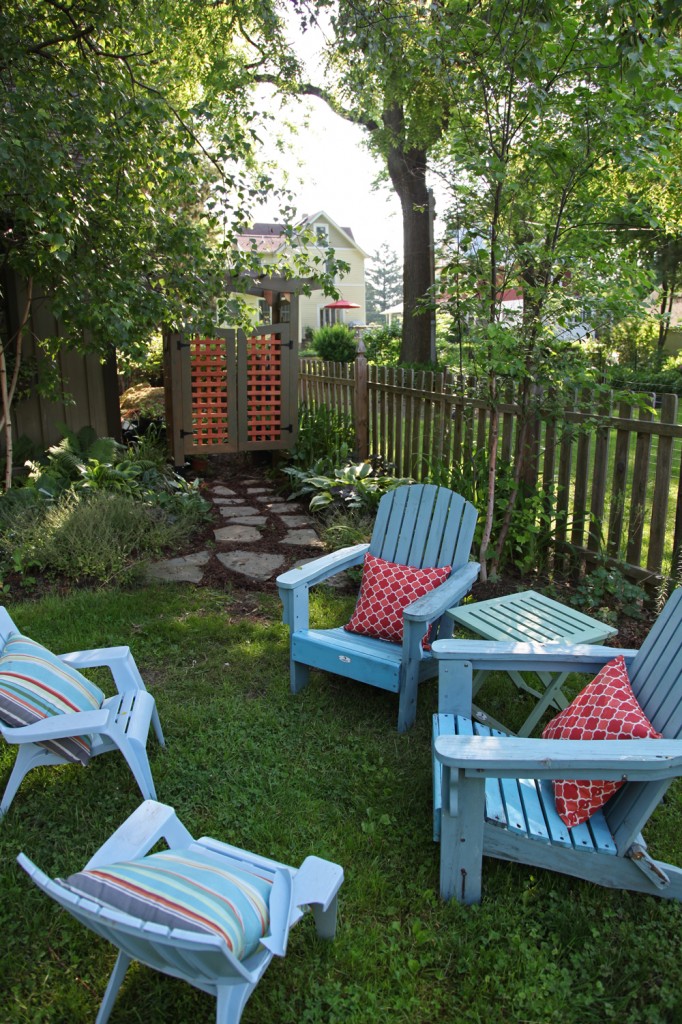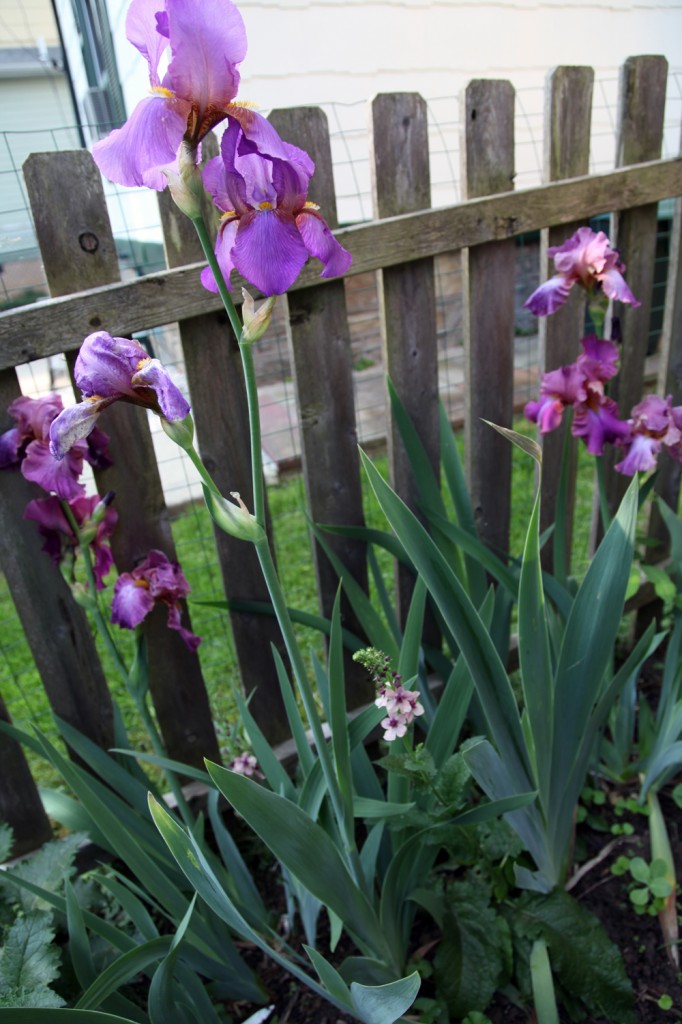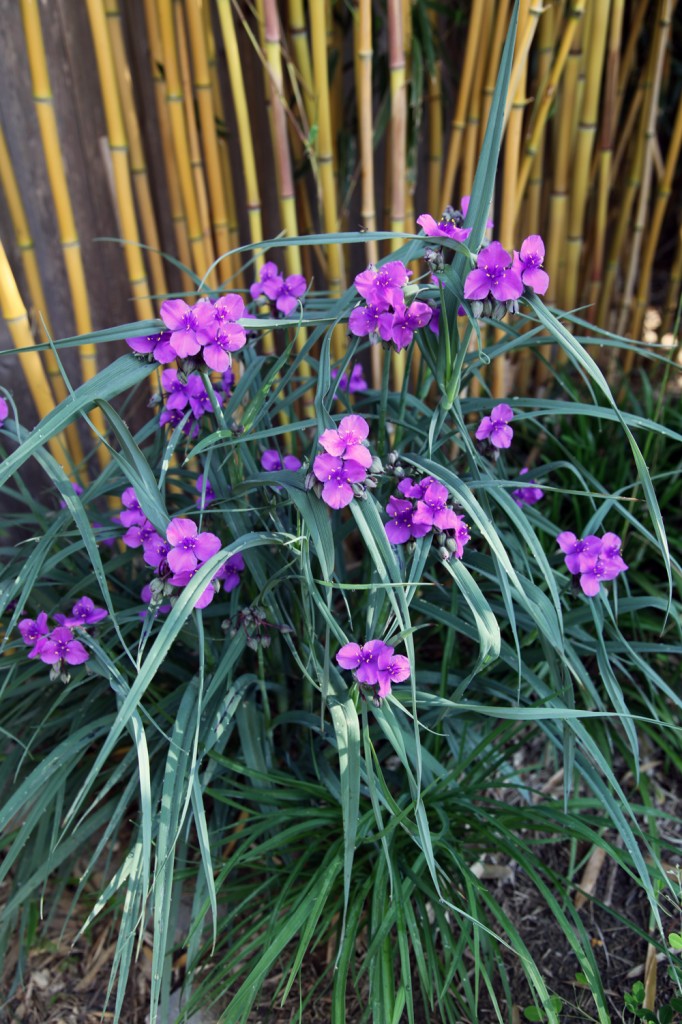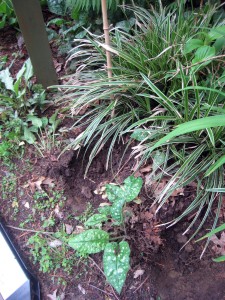I’ve had a request for plant combinations for window boxes. I love window boxes. I have several and I am contemplating more.There are lots of books and articles on window boxes but I thought I would give you some of my preferences and opinions. I have also posted these and some additional images and links on Pinterest (which I am addicted to now).
Getting Started:
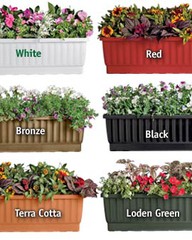
Self-Watering from Gardener's Supply, $29+
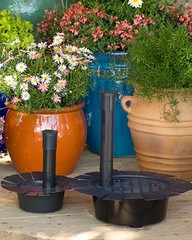
Self-Watering Insert, Gardener's Supply $16+
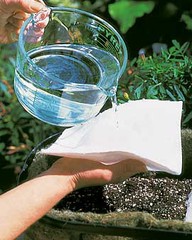
Hydromat, Gardener's Supply $9.95+
1. Picking a pot:
For a sunny location you will need either a self-watering box/pot (it has an extra reservoir of water below to help keep the plants roots moist) or a kit to add a reservoir to the bottom. Alternately you could add a hydromat to the bottom of an existing pot.
If you are growing to grow some of the larger veggies or house plants I recommend getting one that it a little deeper.
I have several self-watering ones that I love from Gardener’s Supply.
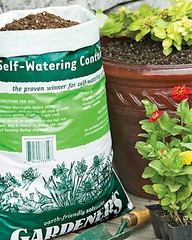
Potting Soil w/ Water Crystals
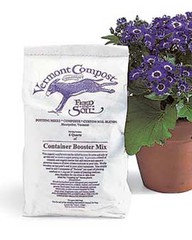
Vermont Company Fertilizer
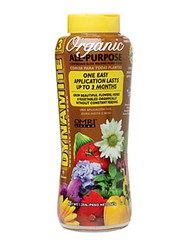
Organic Slow Release Fertilizer
2. The Soil:
You will need sterile potting soil. Potting soil is lighter than regular soil. I also strongly recommend the soil that has crystals to store water. You can also buy soil that has some fertilizer already in it.
3. Fertilize:
I have to admit that I am totally lazy about fertilizing, but for these kind of conditions the plants could really use it. You can use the slow release dry kind or a liquid fertilizer. There are a lot to choose from. If possible look for an organic one such as one from Vermont Compost (which I have used).
4. Picking a Location:
For most vegetables and herbs you will need at sun to part sun. For shadier locations there are a lot of house plants that will do well, but not as many veggies.
Plant Types:
The typical plant recommendation for window boxes and planters are to use 3 types of plants: low vines for the the front, bushier middle plants and tall back ground plants.
Lately I have been looking for alternatives to the traditional annual selections. I am particularly interested in combining perennials with edibles and houseplants. Perennials cut down on the cost of buying annuals every year (plus they typically look good into the winter) and I am always looking for a spot to grow some fruit and vegetables. I also have a number of house plants that I like to get outside in the warm weather. Below are some suggestions. Do you have any recommendations?
Also here is an interesting and helpful article on edible window boxes.
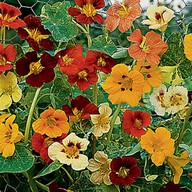
Nasturtium (Jewel of Africa), Parks Seed

Strawberry (Tristan), Strawberry Seed Store
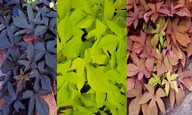
Sweet Potato Vine (non-edible)
1. Front of Window Box/ Planter: Low Vines & Trailers
Traditional Annuals include: sweet potato vine (available in lime green, red, and purple), variegated ivy, variegated vinca, petunias (trailing kind), Cotoneaster, Solanum laxu, Golden Moneywort, Silver Falls Dichondra
House Plant Alternates:Ivy, hen and checks (not trailers but pretty)
Edible Alternates: Nasturtium, strawberries, peas (pea tendrils are tasty in salads)
Perennials: Ivy, vinca, lamium (I grow this in my part shade flower boxes)
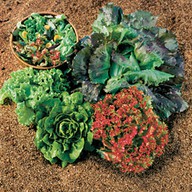
Lettuce, Parks Seed
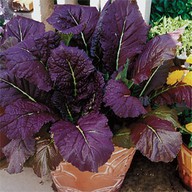
Mustard (Red Giant), Parks Seed
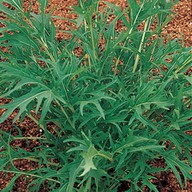
Mizuna, Parks Seed
2. Middle of the Planter: Bushier medium height plants
Annual examples include: coleus (my favorite) petunias, pansies (in fall and spring), Geraniums
House Plant Alternates: Jade Tree
Edible Alternates: Red and Green Leaf Lettuces, Frisee, Basil, Oregano, Mint, Rosemary, Spinach, Redux (part shade), Curly Parsley
Perennials: Hosta (shade), sedge (shade), heuchera (part shade)
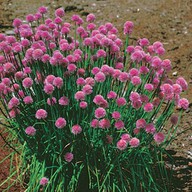
Chives, Parks Seed

Swiss Chard, Park Seed
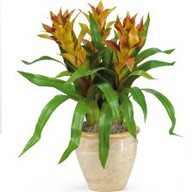
Bromeliad
3.Back of the Planter: Tall background plants
Annual examples include: cordylines, Colocasia
House Plant Alternates: aloe plants, spider plants, snake plant (Sansevieria), Bromeliads
Edible Alternates: Chives, Scallions, Swiss Chard, Small Pepper Plant (i.e. habaneros)

